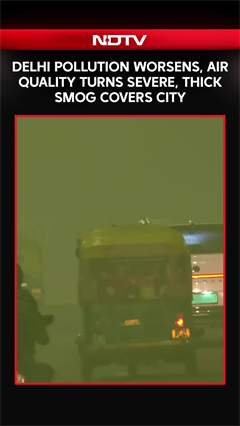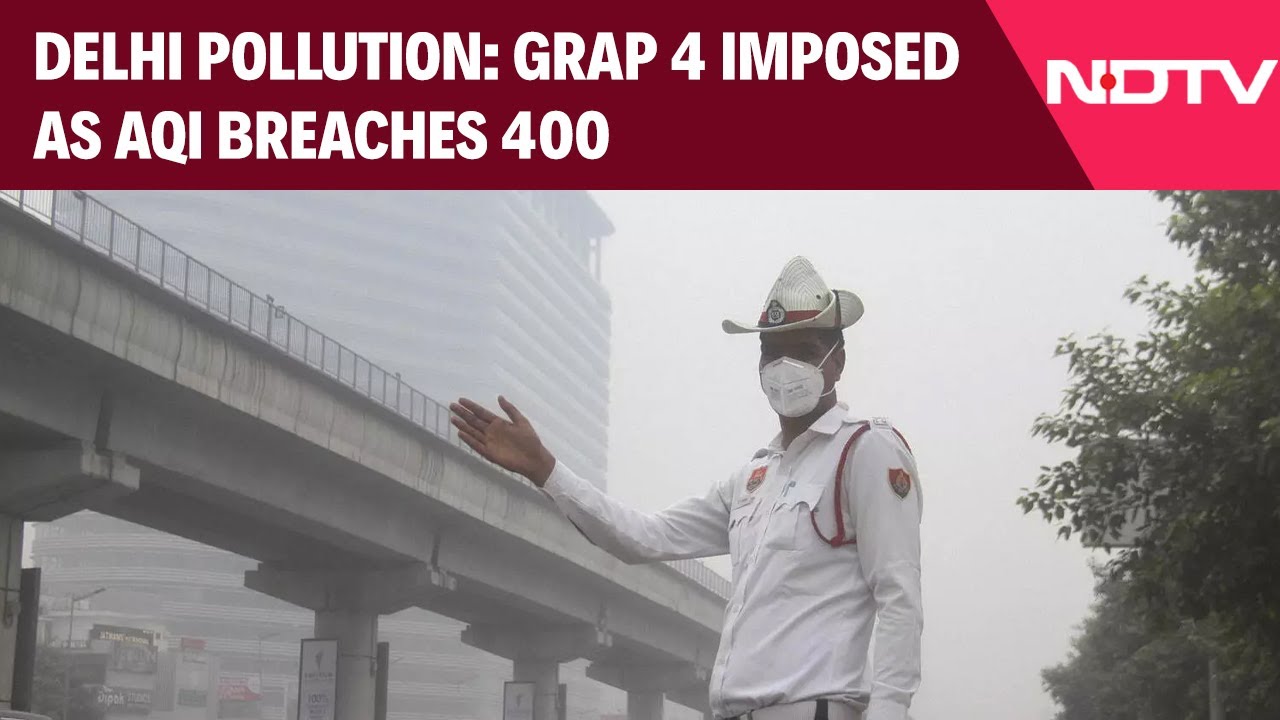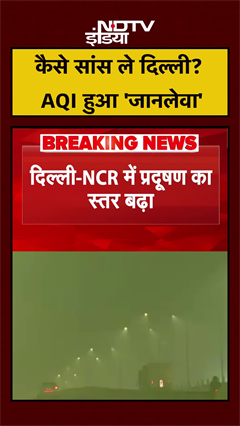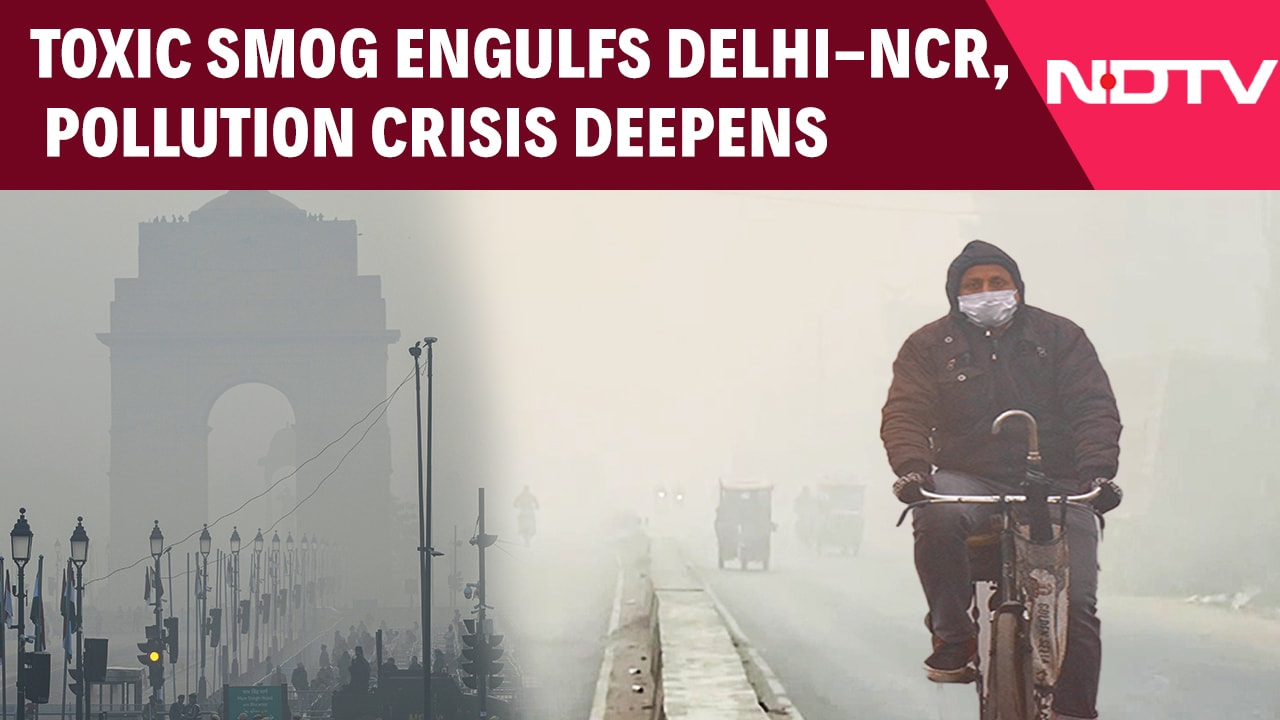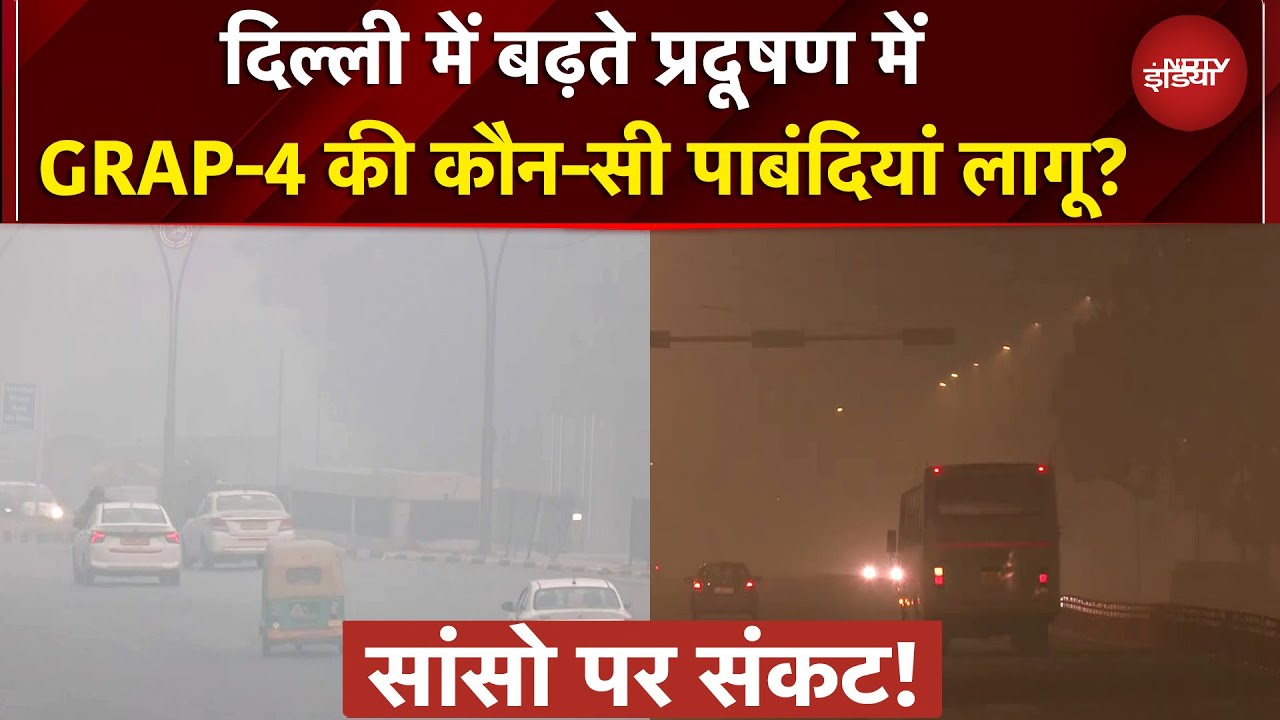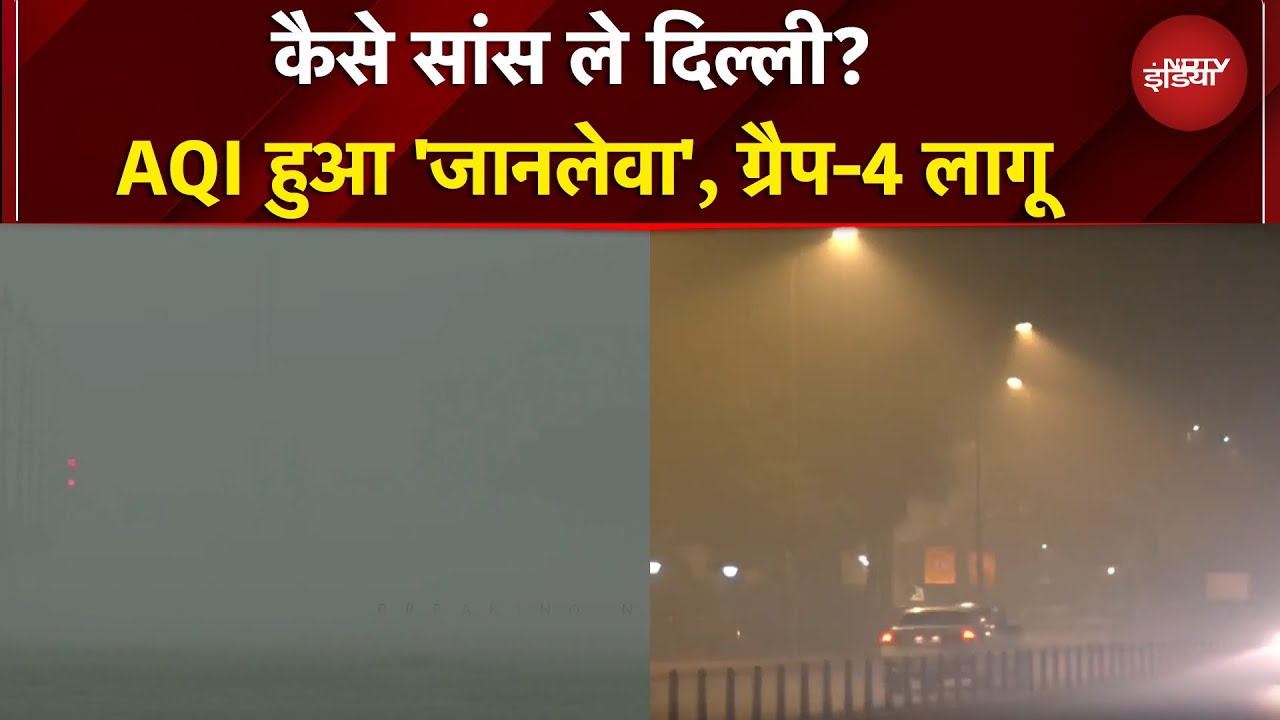- Home/
- Air Pollution And Pneumonia: How Poor Air Quality Affects Lung Health
Air Pollution And Pneumonia: How Poor Air Quality Affects Lung Health

With rising air pollution levels worldwide, respiratory health is facing unprecedented threats. Air pollution, comprised of harmful particles and gases, can severely impact the lungs, leading to infections like pneumonia, especially in vulnerable groups such as children and the elderly. Pneumonia, an inflammatory condition in the lungs, is often triggered by viruses, bacteria, or fungi. However, recent research shows that poor air quality exacerbates lung infections and can increase the likelihood of pneumonia. Understanding how air pollution contributes to lung disease can help mitigate its effects on respiratory health.
How air pollution affects lung health
Inhaling polluted air can lead to inflammation in the respiratory tract, which weakens the lungs' ability to fend off pathogens. Pollutants such as particulate matter (PM2.5 and PM10), nitrogen dioxide, and sulphur dioxide compromise lung function, creating a fertile environment for infections like pneumonia. As a result, individuals living in areas with poor air quality are at higher risk of developing lung-related health issues.
Factors contributing to the impact of air pollution on pneumonia risk
1. Particulate matter (PM2.5 and PM10)
Fine particulate matter (PM2.5 and PM10) can penetrate deep into the lungs, leading to inflammation and oxidative stress. These particles weaken the immune response, making the respiratory tract more susceptible to infections like pneumonia.
2. Nitrogen dioxide (NO2)
NO2, commonly found in vehicle emissions, irritates the airway, causing inflammation that can damage lung tissues over time. Long-term exposure to NO2 can lead to chronic lung diseases and increase the risk of pneumonia by compromising respiratory health.
3. Ozone exposure
Ground-level ozone, a result of industrial emissions reacting with sunlight, can harm lung function and worsen asthma symptoms. When lungs are damaged by ozone, they become more susceptible to infections, including bacterial and viral pneumonias.
4. Vulnerability in children and the elderly
Young children and older adults are more vulnerable to the effects of air pollution due to their weaker immune systems and smaller lung capacities. Prolonged exposure to polluted air in these groups leads to a higher incidence of pneumonia and related complications.
5. Urban areas and industrial zones
Living in urban areas with high traffic and industrial activity increases exposure to pollutants. Prolonged inhalation of polluted air in these environments elevates the risk of respiratory infections, making pneumonia more common among city dwellers.
6. Indoor air pollution
Indoor air pollution from smoking, burning fuel, and chemicals can be just as harmful as outdoor pollution. Poor ventilation exacerbates the risk, leading to respiratory issues and increasing the chance of developing pneumonia.
7. Impact of seasonal changes
Seasonal changes can intensify pollution and respiratory issues, particularly during colder months. In winter, pollutants tend to linger in the air due to temperature inversions, which trap cold air near the ground, increasing the risk of respiratory infections.
The connection between air pollution and respiratory infections like pneumonia is increasingly evident. Understanding the risks associated with pollutants such as PM2.5, nitrogen dioxide, and ozone can help guide preventive measures. For those in high-risk areas, minimising exposure to pollution, improving indoor air quality, and staying informed about air quality indices are essential steps. With continued awareness and preventive actions, we can better protect lung health from the adverse effects of poor air quality.
Disclaimer: This content including advice provides generic information only. It is in no way a substitute for a qualified medical opinion. Always consult a specialist or your own doctor for more information. NDTV does not claim responsibility for this information.
Latest Stories
- Edited by Manjiri Chitre | Monday December 15, 2025 , New Delhi
Airlines have urged passengers to allow additional time while planning their journey to the airport as road traffic may be slower due to the toxic haze.
- Edited by Srishti Singh Sisodia | Sunday December 14, 2025
The user said that the number of deaths due to air pollution will be far higher in the Delhi NCR region.
- Press Trust of India | Sunday December 14, 2025 , New Delhi
The national capital recorded the highest AQI of the season on Sunday -- up to 461 from 432 a day earlier -- as the air quality remained in the "severe" category, according to the Central Pollution Control Board.
- Press Trust of India | Sunday December 14, 2025 , New Delhi
The AQI in Delhi climbed to 461 on Sunday and marked the city's most polluted day this winter and the second-worst December air quality day on record, as weak winds and low temperatures trapped pollutants close to the surface.
- Written by Krati Purwar | Sunday December 14, 2025
Shenaz Treasury is frustrated with the traffic and pollution in Mumbai and remembers its old days when it was called Bombay and had clean air
................................ Advertisement ................................
Latest Videos
Opinion
Blog | Well Done, Delhi. You've Turned Lung Sacrifice Into A Badge Of HonourSaikat Kumar Bose
Monday November 10, 2025Till some years back, Delhiites would ask angry questions to those in power about the capitals annual tryst with toxic air. This has changed. Those in the driving seat dont see the need to answer now.
Opinion | Why Indians Have Just Given Up On Air Pollution CrisisTanushree Ganguly
Friday December 20, 2024While some may argue that people in Delhi are now more aware of air pollution than they were a decade back, my rebuttal would be that awareness does not mean that people are concerned.
Opinion | You Must Outrage Over Filthy Air More Than Once A YearJyoti Pande Lavakare
Tuesday December 10, 2024Delhi welcomed us with monsoon rains and mangos. We were home. Fast forward a couple of years, in the winter of 2012, I found myself in denial about something other parents, mostly expats, were calling toxic air.
Opinion | Delhi's Air Pollution Situation Is Like A Bad MarriageNishtha Gautam
Friday November 22, 2024On a good day, such as today, the AQI reading in Delhi is 407. We are jubilant at the sickly sunshine trickling through the slightly dissipated smog. At least its not 1600.
दिवाली... पराली... सियासी जुगाली!Ashwini kumar
Monday November 18, 2024दिल्ली-एनसीआर में प्रदूषण का समाधान तो आज तक मिला नहीं. हर साल चिंतित होकर हम-आप सांसों की तकलीफ के साथ-साथ दिल और ब्लड प्रेशर के मरीज भी क्यों बनें?








